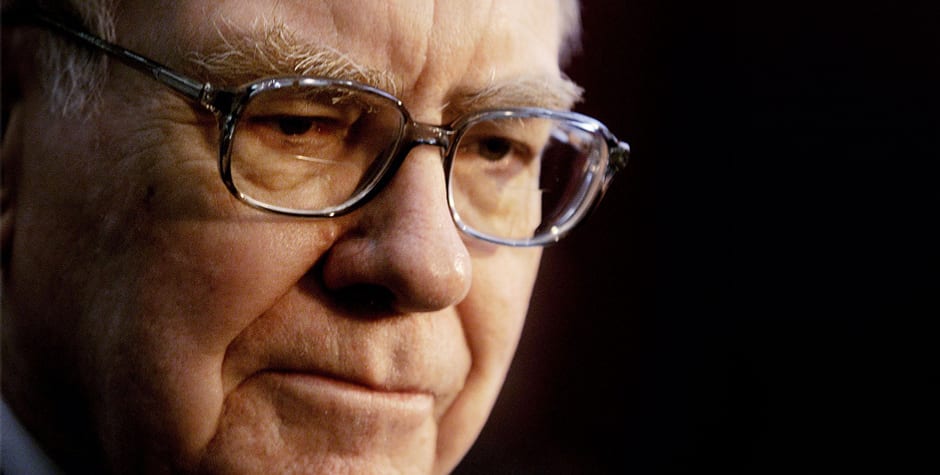WHO – Warren Buffett's Tool for Expanding Abortion Worldwide
Listen tothis article
The World Health Organization (WHO) Human Reproduction Programme (HRP) was created in 1970 with the aim of improving health through population reduction. Between 1970 and 2022, the HRP benefited from nearly $1 billion in contributions.
In 2019, the Susan Thompson Buffett Foundation – American billionaire Warren Buffett’s charitable foundation – contributed $25 million, representing nearly 62% of that year’s revenue. This foundation has also pledged a grant of $75 million, bringing its commitment to $100 million, or almost 10% of all the HRP’s revenues since its inception. In 2020, the HRP director thanked the Susan Thompson Buffett Foundation for its generous support “for programmes to reduce maternal mortality and reduce unsafe abortion at country level.”
In 2022, the HRP published new abortion care guidelines. This document promotes a complete liberalization of abortion unprecedented in the world: It recommends, among other things, legalizing abortion on demand and unconditionally until the end of the pregnancy, reducing the freedom of conscience of the medical professions, and not informing parents in the event of an abortion performed on their minor daughter. Yet this document was written by individuals known for their activism and by large private and international organizations dedicated to promoting abortion worldwide.
Social Neo-Malthusianism Disguised in the Language of Human Rights
Although Warren Buffett remains very discreet about his beliefs and the way in which certain organizations benefit from the financial support of his foundation, the fact remains that he is working to control demographics, especially through pro-abortion organizations. According to his biographer, Roger Lowenstein, Warren Buffett has “a Malthusian dread that overpopulation (will) aggravate problems in all other areas — such as food, housing, even human survival.” In the same logic, the WHO very early on considered that a healthy population implied a reduction in demographics. A discourse was then put forward proposing contraception and abortion in the name of the individual’s right to health. At the same time, various states and pressure groups worked to ensure that these became human rights standards, to the point where “abortion” became synonymous with “women’s health” and “sexual and reproductive rights.” While the WHO’s role is indeed to work for health, the primary aim here is to reduce the population, particularly among the most disadvantaged social groups.
In May 2009, as the Guardian reported, Warren Buffett attended a meeting of the “Good Club.” The Wall Street Journal described the meeting in an article titled “Billionaires Try to Shrink World’s Population.” Another media report highlighted the consensus that emerged around a strategy to combat global population growth, seen as an environmental, social, and industrial threat. Even if Warren Buffett doesn’t take a public stance on the demographic question, his various works speak for themselves. Indeed, the Susan Thompson Buffett Foundation has donated colossal sums of money to organizations known to perform abortions. Up to 2012, for example, it has donated $367 million to various organizations to participate in programs aimed at controlling the world’s population. For example, $2 million was granted to fund clinical trials of Mifepristone, and IPAS obtained $20 million to enable them to double their purchases of abortion instruments. Family Health Internationalalso received $2 million for the expansion of quinacrine hydrochloride for female sterilization. The Buffett Foundation has also donated $16 million to DKT International to promote access to abortion in India, Ethiopia, and Mozambique.
Privatizing WHO To Spread Abortion Worldwide
The WHO created the HRP in response to a request from the United Nations to improve health and prosperity by reducing the world’s population, an objective that was supported in particular by a small number of countries and private players. Thus, since its inception, the HRP has been financed mainly by voluntary contributions from a few states and private foundations. Between 1970 and 1972, the HRP began its activities with financial support from Swedish, Canadian, and Norwegian government agencies, as well as from the Ford Foundation, for a total of almost $4.45 million. Between 1970 and 1999, the HRP received contributions of nearly $447 million from governments (including the three Scandinavian countries), UN agencies, and private foundations.
Whereas in the early 2000s, though the HRP was beginning to show financial difficulties, it was able to regain stability thanks to contributions from the Netherlands, Norway, Sweden, the United Kingdom, and the David and Lucile Packard, Ford, and William and Flora Hewlett foundations. However, the 11 main state contributors obtained a seat on the HRP’s governing body (the PCC), giving them political clout. The International Planned Parenthood Federation (IPPF) also has, de jure, a seat on the PCC. Thus, the HRP is oriented, by a small number of players, toward a social neo-Malthusianism promoted by the countries of the North, encouraging greater regulation of the poorest populations in the countries of the South. The particular involvement of Scandinavian and Anglo-Saxon countries, as well as the Ford, Rockefeller, MacArthur, Packard, Hewlett, Buffett, and Gates foundations, is not neutral. The leaders of these large foundations have, on several occasions, stated their desire to control demographics in order to stabilize or reduce the human population, for example, within the “Good Club.”
Warren Buffett’s massive investment in the HRP demonstrates his interest in this demographic reduction program, which is vulnerable to privatization. Indeed, the HRP’s work is rooted in a desire to control demographics in the name and under the guise of the right to health. The main state and private contributors, such as Buffett, help to steer the HRP’s action to influence demographics. The HRP then took action by developing the abortifacients and contraceptives used today and by disseminating a discourse based on human rights to make them accepted and commonplace.
Louis-Marie Bonneau, ECLJ Research Fellow and author of a book on the history of the World Health Organization’s Human Reproduction Programme, recently published by Ethics Press.
